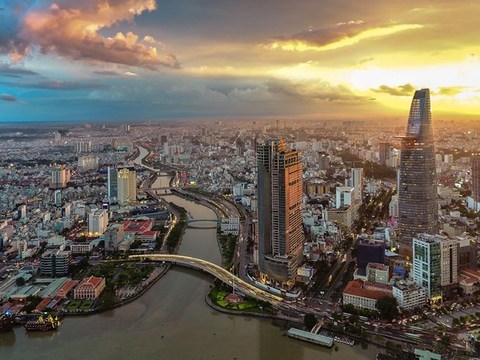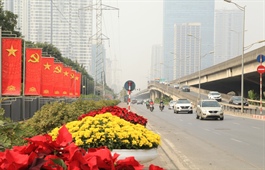Evidence adds up for quality advantages within EVFTA
Evidence adds up for quality advantages within EVFTA
Just two years in entry into force, the EU-Vietnam Free Trade Agreement (EVFTA) has brought large benefits to both the Southeast Asian market and the bloc of nearly 450 million people.
The General Department of Vietnam Customs last week reported that in the first seven months of this year, despite geopolitical tensions and declined demand in the EU, total export-import turnover between the two reached $36.77 billion, up from $32.1 billion recorded in the same period last year which increased 17.42 per cent on-year.
In the first seven months of this year, Vietnam’s export turnover hit $27.69 billion, up 21.4 per cent on-year and holding 12.7 per cent of the country’s total export value, while the nation’s import turnover sat at $9.08 billion, down 5.7 per cent on-year and accounting for 4.2 per cent of its total import value.
Both sides’ trade turnover was $56.45 billion in 2019 (including Vietnam’s exports and imports of $41.5 billion and $14.95 billion, respectively). However, in 2020, the pandemic inevitably affected ties, with trade reduced to $50 billion, including Vietnam’s exports and imports of $35.1 billion and $14.9 billion, respectively.
The situation became brighter last year, when the bilateral trade turnover last year hit $63.6 billion, with Vietnam’s exports worth $45.8 billion, up 14.2 per cent on-year, and the country’s imports were valued at $17.9 billion, up 16.5 per cent on-year.
According to the Ministry of Industry and Trade, in 2021, Vietnam’s exports to the EU using the certificate of origin under the EUR.1 form reached $7.8 billion, meaning many businesses in Vietnam took advantage of tariff cuts and reductions within the EVFTA.
The Ministry of Agriculture and Rural Development also reported that the agro-forestry-fishery trade turnover in the first seven months of this year between Vietnam and the EU increased strongly from $4.3 billion in 2015 to $5.2 billion last year. The figure stood at $2.66 billion in the first five months of this year.
Vo Tan Thanh, vice chairman of the Vietnam Chamber of Commerce and Industry, told last week’s conference on the EVFTA’s impacts on Vietnam’s economy that the agreement has become big leverage for Vietnam and the EU to further elevate their trade and investment ties.
“The results have shown the positive contributions of the EVFTA to Vietnam’s economic development, especially in the context that Vietnam has been suffering from negative impacts from the pandemic and the Russia-Ukraine conflict,” Thanh said.
Peter Bernhardt, team leader of the ARISE+ Vietnam programme told VIR, “I agree that the overall picture of EVFTA performance in this starting period, where exporters and government authorities from both sides have to adapt to the new situation, looks definitely promising.”
The EVFTA is the most ambitious FTA that the EU has ever signed with a developing country. The deal will mutually lift about 99 per cent of the tariffs within 10 years. Duty was lifted from 65 per cent of EU exports to Vietnam and 71 per cent of Vietnamese exports to the EU immediately after the EVFTA came into effect.
“By understanding that EU customers are more inclined to use products which comply with safety standards and are manufactured in a responsible manner, Vietnamese businesses will gain a competitive advantage as they will be able to demonstrate their commitment to product safety, high product quality, and environmental and social sustainability,” Bernhardt said.



















